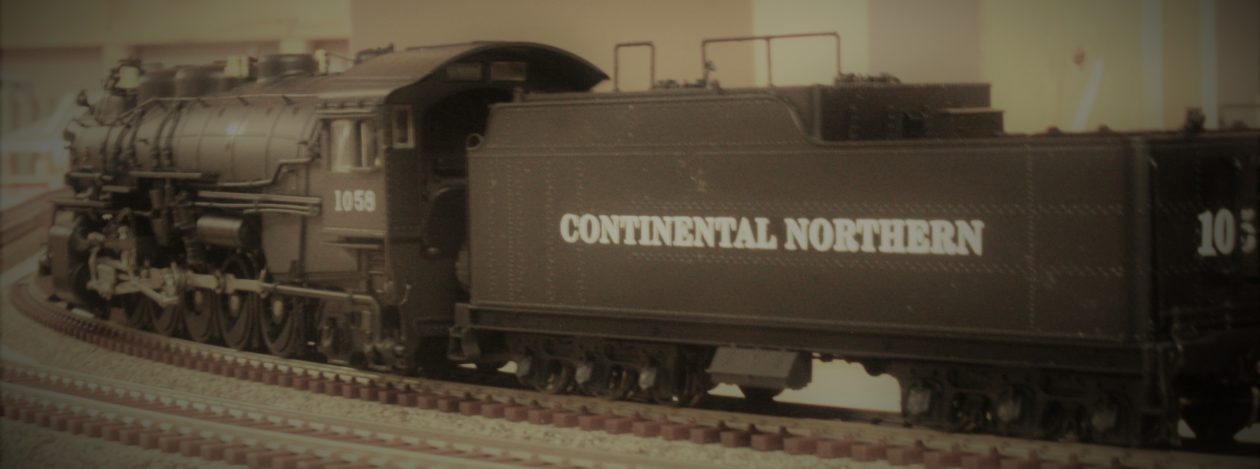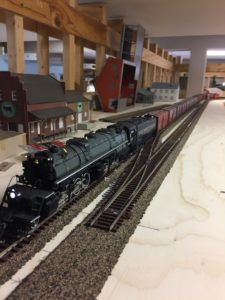The quest for lights in the buildings took a multi prong approach. I have some buildings with regular 12/14 volt lights in them. The 14 volt lights are a preference as they glow a little dimmer and last longer, but I have more 12 volt bulbs. It tends to be whatever is on hand as I do them. Also, I have started to use LED’s that I have scrounged from Christmas tree strings. In addition to these traditional routes I have been buying the Woodland Scenics Just Plug Lighting System.
The Woodland Scenics System
Here is the collection of Just Plug lighting products I have collected.





The cars, billboards and street lights make it very easy to get up and running. Although the wire size is extremely small. It does try ones patience when working with them. Also the controllers make adjusting the light levels to a realistic level easy.
The 12 volt supplies
Up until now I have been using 12 volt wall warts as power supplies for everything not track power. Though they work you start ending up with a large hodge podge of different power supplies that really gets confusing as to whats doing what.
My solution was a couple of regulated 12 volt power supplies that will get rid of all the wall warts. The ones I bought are from Micro Mark and are used for LED string light.
The only problem is that I believe they are intended as an internal power supply and the connections for 120 volt power are rather exposed.


As you can see there is a plastic strip that “covers” the wire connections but it would still be easy to accidentally touch the connections. My solution was to make a larger cover out of styrene to cover the whole end.


With the covers made and before installing in the electrical cabinet I checked the output voltage. Both were a little over 12 volts. They are adjustable, so I hooked up a multi meter and dialed them in to 12 volts.

From there it was time to reinstall them in the cabinet.


I also had found a power distribution block on Amazon that was fused for each feed. On the one cover you can see that I labeled it with the information about the power supply so that it was readily available should I need the info. The upper supply is for lighting , while the other will be used for accessories. With these in place I ran a buss wire for the lighting and also a wire from the Woodland Scenics power supply to Addison.

Then it was just a matter of pulling all the different wires to the blocks.

With these in place it’s easy to add more lights as I add to the town. I still have the background buildings to place and wire. I will also be doing the same for the lights in Jackson.
And the final results…







And there you have it. It’s nice to have this much done. Obviously the next thing here is to add more scenery as only the basics are in. Also, I am starting to work on the background buildings, which will be a whole new bunch of lights to wire up. Also looking at the photos I need to get the rest of the backdrop panels in and close up that really ugly hole. And in case you are wondering if you missed something, the answer is no, I have yet to finish up the town of Jackson on the other side of the peninsula. I just wanted to get the scene you see on entering finished.
That’s what I’ve got for now, till later…




























































